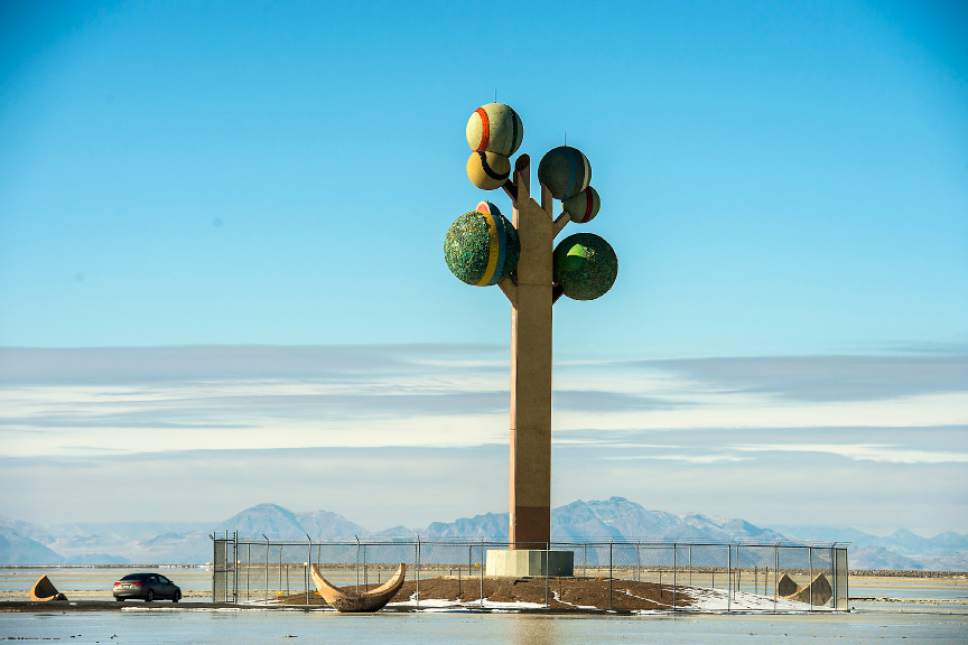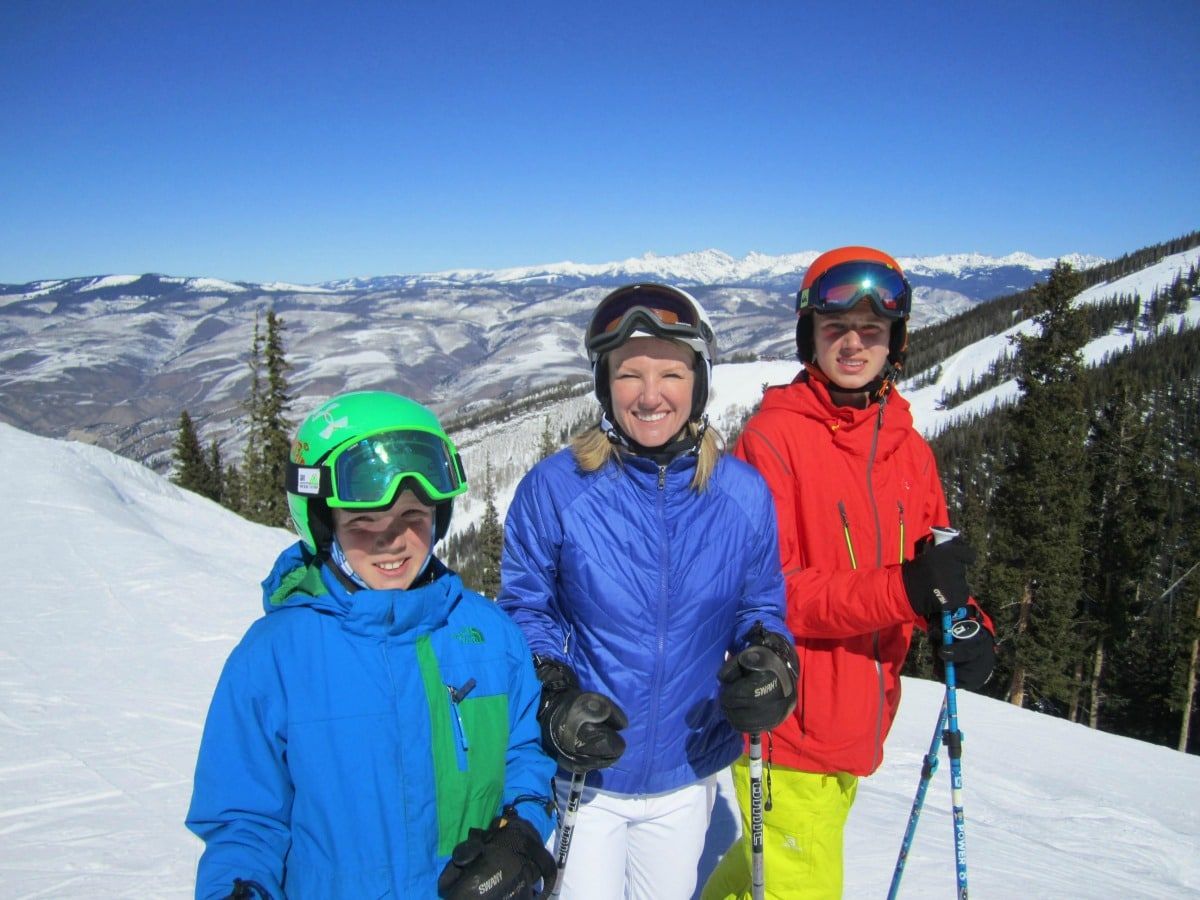Best Time to Visit Bonneville Salt Flats
Utah, my very favorite state in the United States is home to an impressive array of natural attractions, and the Bonneville Salt Flats might be the most interesting of them all. The best time to visit Bonneville Salt Flats is right when you fly into Salt Lake City, as it’s only about an hour from the airport! If you’re taking the trip to Utah, or are looking for a daytrip around Salt Lake, visiting the Bonneville Salt Flats is for you.
Stretching over 30,000 acres, this vast desert mirror oasis is located along the Utah/Nevada border.
If you’re looking for a cool attraction close to Salt Lake, this is it!
When Lake Bonneville dried up in ancient times it left a salt deposit that covered about 30,000 acres. After a rainfall, the Salt Flats usually flood and create a mirror-like optical illusion. The reflections from this shallow standing salt water make for incredible, world famous photography – so I met up with a local photographer to do a collaboration and explore this beautiful area and it did not disappoint!

It’s estimated that Lake Bonneville was once the size of Lake Michigan, covering about a third of the land area of Utah. Today, the Great Salt Lake is all that remains of this ancient body of water.

GETTING TO THE SALT FLATS
Drive time from Salt Lake City is 90-120 minutes, depending on where in the valley you’re coming from. Most vehicles can make the round-trip on one full tank of gas, but fill up as needed!
Best Time To Visit Bonneville Salt Flats is From Salt Lake City:
- Head west on I-80 for about 90ish minutes (depending on your speed)
- Exit at the sign for “Bonneville Salt Flats”
From Wendover, NV:
- Head east on I-80 into Utah for about 75 minutes
- Exit at the sign for “Bonneville Salt Flats”
There will be a rest area complete with restrooms and a picnic area, a pet area, and plenty of parking. Please remember to be courteous when driving out to the Salt Flats. This rest area is the best spot to go to in order to drive directly out onto the salt flats, and here are the coordinates for you to copy and put into your map! Click that link and your gps will drive you right onto the flats.
You can actually drive right out onto the salt flats from this rest stop. If you’re facing the parking spaces, you’ll enter all the way to the left- following the tracks from the previous cars that have ventured out which you’ll easily be able to see in the dirt.
Land speed records have been set on the Salt Flats and is known by locals and visitors alike as the “Bonneville Speedway.” The property is under the care of the Bureau of Land Management, and is subsequently free of charge to visit.
Another fun spot to sight-see at the Salt Flats is the “Tree Of Utah”.
Often called The “Tree Of Life”, and technically called the Metaphor: The Tree of Utah is a roadside sculpture created in the early 1980s by European artist Karl Momen.
As the story goes, Swedish artist Karl Momen was visiting the Bonneville Salt Flats when he was struck by a vision of a tree, an odd image to hit among one of the world’s most desolate landscapes. The resulting structure is an almost 90-foot-tall psychedelic spire made mostly of concrete.

You can see the Tree of Utah on the side of I-80 at mile marker 26 on the north side, about 25 miles east of Wendover, NV; 95 miles west of Salt Lake City.
THINGS TO REMEMBER WHEN VISITING THE SALT FLATS
- Consider the time of day and the weather. Fill your tank. Make sure your car is in working order and you’re carrying spare parts as needed.
- Bring food and water, as there aren’t any real quick stops for food around.
- As with any desert ecosystem, the weather can vary, be unpredictable, and extreme. Bring sunscreen, layers, blankets, and shoes. This is hard-rock salt flat, not beach sand.





